
1903 - 1972
Joseph Cornell
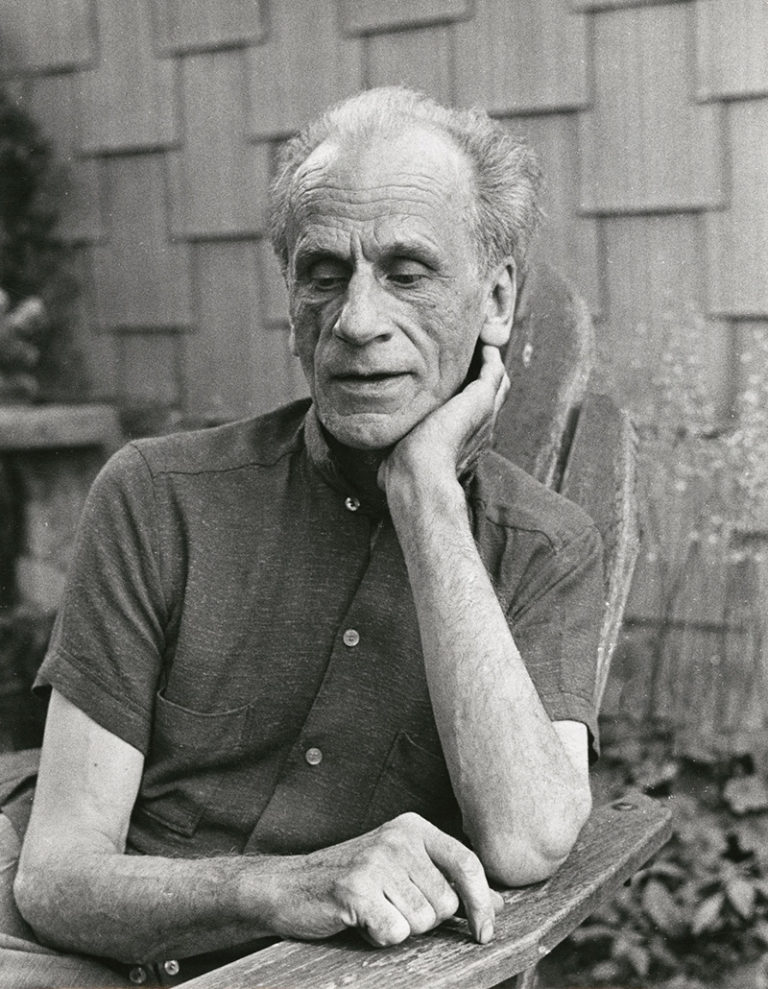
description
An American artist, designer and avant-garde filmmaker. Joseph Cornell worked primarily in installation and assembly techniques, using everyday things in unexpected combinations. He had no art education, worked as a seller of fabrics and showed his artistic talents only by the age of thirty, creating a new and interesting style in contemporary art, which had many followers.
The impact of Cornell’s works on the subconscious and mysteriousness makes him related to Surrealists and Dadaists. However, the self-taught artist never referred himself to any of the modernist or avant-garde movements. He led a very secluded life on the outskirts of the city with his sick brother and mother; rarely spoke in public, but maintained friendly relations with most modern American artists. Cornell was a deeply religious man and an ardent supporter of “Christian science”, which left a significant imprint on his entire work.
Joseph Cornell is best known for his original installations, where in a small often closed on all sides space everything acquires an entirely different meaning and causes a wide variety of associations. The artist’s most famous works are glass boxes in which he placed various objects: old photographs, newspaper scraps, and other small items. These “shadow boxes,” as the author himself called them, had a great influence on the development of installation, assemblage, and other types of contemporary art.
Key ideas:
– The artist’s works contain an appeal to the inner world of a person, the secrets of his soul, which are hidden in the depths of the psyche. The long-forgotten fears, dreams and fantasies are placed in limited spaces, similar to children’s boxes with “treasures”, filled with memories of a distant past.
– Each thing in the compositions of Cornell has a symbolic meaning. Household items freed from their intended purpose or newspaper illustrations taken out of context come into various extraordinary combinations and create a peculiar game of meanings and associations. At the same time, different viewers may understand the symbols of peculiar objects differently.
– The main elements of Cornell’s compositions are images of people and birds, glassware and maps. The artist often used the theme of travel in his works, although he almost never left his native city, New York. His “boxes” resemble souvenirs from various places on the world map as if the author himself had visited Paris, Egypt or Venice.
– Cornell carefully selected proper materials for installations. He often visited antique shops and shops with exotic goods in the hope of finding some interesting little thing. He sorted the found objects by subject and put them in separate boxes so that later he could use them in his works. A huge collection of various small objects, clippings from newspapers and magazines, restaurant menus, brochures, which were stored in the basement of the artist’s house on the outskirts of New York, gives an idea of the sources of his inspiration and the era in which Joseph Cornell lived and worked.
1903
1929
1932
1936
1944
1948
1955
1961
1965
1967
1972
Joseph Cornell was the eldest of four children of a cloth merchant
Together with his family he moved to Utopia Parkway in Queens

The first solo exhibition

«Fantastic Art, Dada, Surrealism»

He became the organizer and participant of the contemporary art exhibition
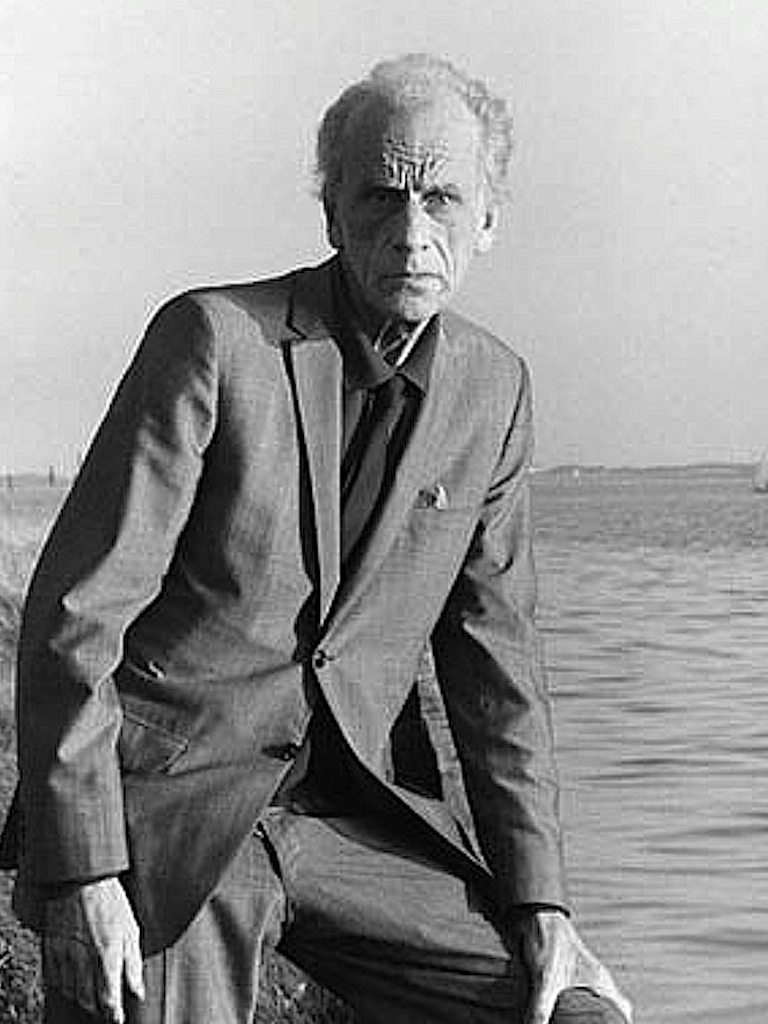
He completed the work “Book Object”

The Wonderful Ring
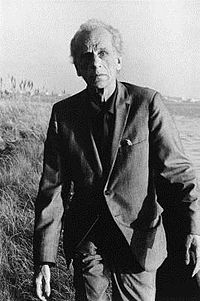
Cornell became more famous

The brother of the artist died
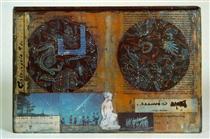
Cornell's solo exhibition
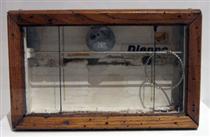
The death

